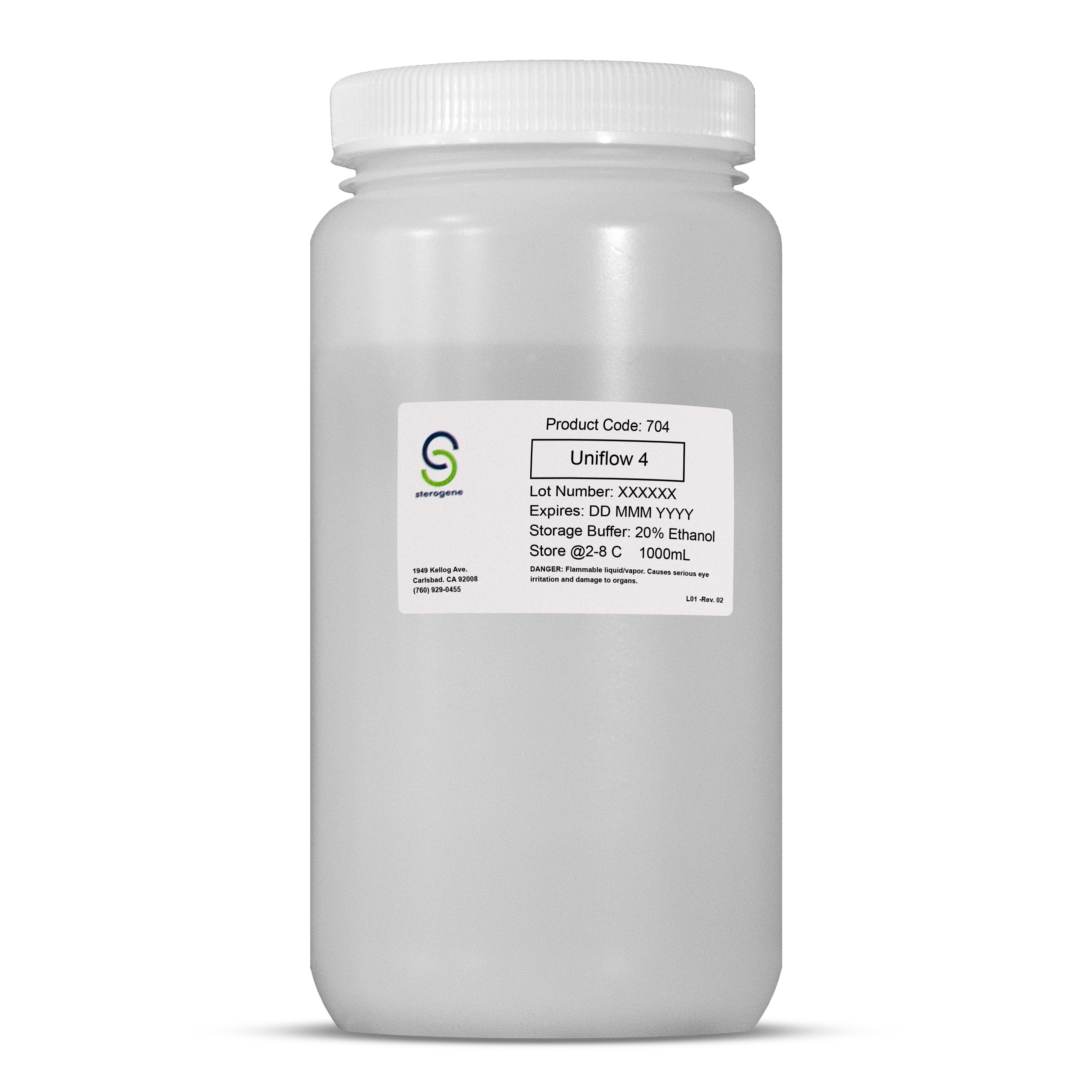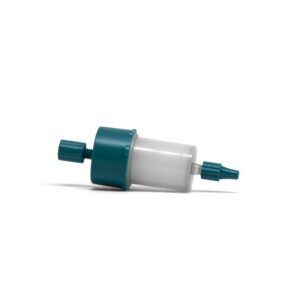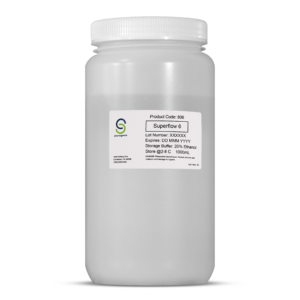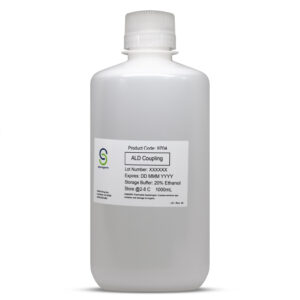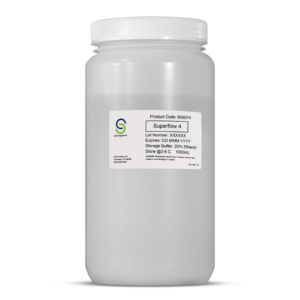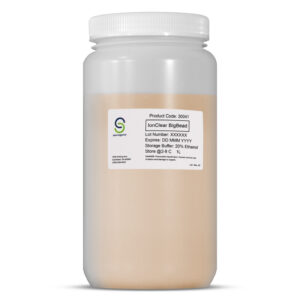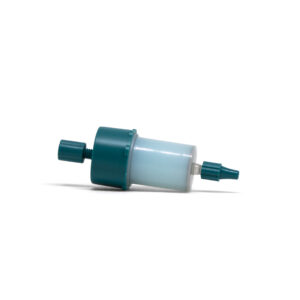Table 1. Resin Characteristics
| Bead Size | 60-160 µm |
| Agarose Percentage
| 4% |
| Molecular Exclusion Limit | 20 Million Daltons |
| Flow Rate | 300 cm/hr* |
| Cleaning | 1M NaOH |
| Storage Conditions
| 20% Ethanol, 2-8°C |
| Temperature Stability Range | 2-100° C (wet) |
| Autoclavable | hydrated at pH 7 for 30 min |
| pH Stability | 2-14 |
| Chemical Stability | 4M KI, 4M NaSCN, 8M urea, 6M
guanidine HCl |
| Physical Stability | Negligible volume variation due to changes in pH or ionic strength. |
| Drug master file | U.S. Food & Drug Administration |
Data refer to the coupled product, provided that the ligand can withstand the pH or chemical environment. Please note the following: pH stability, long term refers to the pH interval where the medium is stable over a long period of time without adverse effects on its subsequent chromatographic performance. pH stability, short term refers to the pH interval for regeneration and cleaning procedures.
Instructions for Use
Uniflow 4 is manufactured by Sterogene Bioseparations with our proprietary cross-linking chemistry. The beads are 4% agarose and the modifications allow the gel to withstand multiple rounds of sanitization using lM NaOH. The resin can also tolerate chromatography using chaotropes such as 4M Guanidine SCN, 6M Guanidine HCI, or 8M Urea. The beads are 60 -160 microns in diameter, so the resin can be used for size exclusion chromatography. It is important to note that the chemistry employed for manufacture of this resin makes its separation qualities different than for other 4% cross linked agarose resins, so curves generated by other laboratories may not apply to Uniflow 4. For this reason, we recommend running molecular weight calibration standards when accurate size determinations are required.
Buffers should be filtered with 0.2 or 0.45 micron filters to reduce clogging, and very high viscosity solutions may lead to some trailing and asymmetry of the elution profiles. For analytical methods, sample volumes should be less than 5% of the volume of the Uniflow 4 and less than 2% is preferable. For desalting, or buffer exchange, sample volumes of 20-25% are typically satisfactory.
Column geometry will also affect column resolution. Length to diameter ratios of 20-100 are common, with the relatively narrow columns yielding higher resolution providing that the sample volume is reduced proportionally to the reduction in diameter. In general, slower flow rates improve resolution, but there is an optimum before diffusion effects are seen.
A useful starting buffer to use with Uniflow 4 is phosphate buffered saline (PBS) at pH 7 – 7.4. However, for many applications, changes in pH, ionic strength, or the addition of chaotropes may be necessary. If detergents are needed, it is usually not recommended to try and remove the detergent and use the same column for a different application.
Pour the column with a peristaltic pump to regulate the flow rate. Flow should not exceed 250 centimeters of travel for a large particle (blue dextran is commonly used) and this number can be calculated from the diameter of the column. For assistance with this calculation, Sterogene Bioseparations Support Staff will be happy to guide you through the math. Mark the top of the resin with a marker and monitor to be sure significant compression of the beads, over multiple uses, does not take place. If it does, or if chromatographic resolution drops markedly, usually the buffers contained particulates, and a new column will need to be poured. The compressed beads should not be reused.
To Download Instructions for use:
Instructions for Use for Product Code: 704 Uniflow 4
